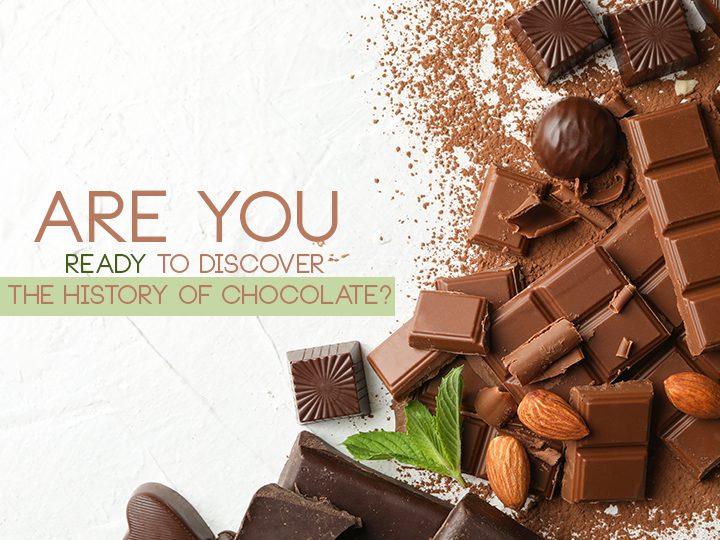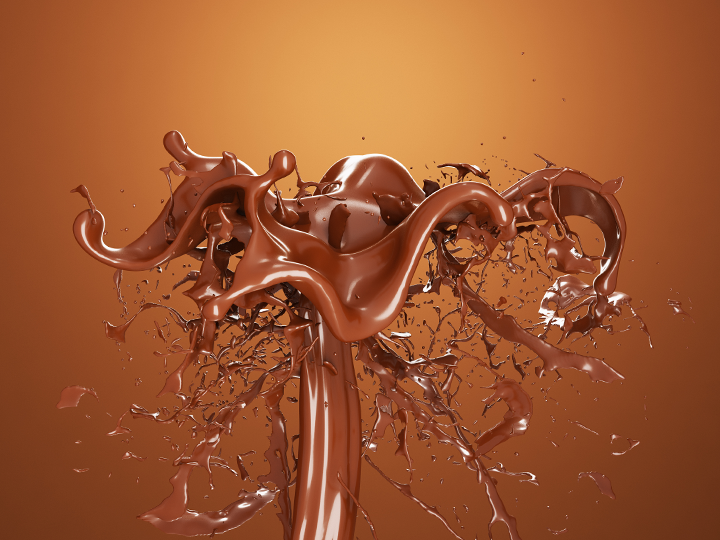
The History and Making of Chocolate: From the Ancient Maya to Modern-Day Confectionary
Few treats can match the universal appeal of chocolate. Whether it’s a rich, decadent truffle or a simple bar of milk chocolate, this beloved treat has been enjoyed by people for thousands of years. In this article, we will explore the history and making of chocolate, tracing its origins to the ancient Maya civilization and following its development through the centuries to the present day.
Part 1: The Ancient Maya and Aztecs
The origins of chocolate can be traced back to the ancient Maya civilization, which flourished in Central America from around 2000 BCE to 900 CE. The Maya were the first to cultivate cacao, the plant from which chocolate is made, and they considered it to be a sacred gift from the gods. The cacao bean was so valuable that it was used as currency, and it was also consumed in the form of a bitter beverage that was reserved for nobles and religious ceremonies.
When the Aztecs, who lived in what is now Mexico, encountered the Maya in the 15th century, they too were enamored with cacao. They began to cultivate the plant themselves and developed their own version of the beverage, which they called xocolatl. The Aztecs believed that cacao had mystical and medicinal properties, and they also used it as a form of currency.
Part 2: Chocolate Comes to Europe
It wasn’t until the 16th century that chocolate was introduced to Europe. Spanish explorers, led by Hernán Cortés, brought cacao beans back from the Americas and introduced the beverage to the Spanish court. At first, chocolate was a luxury item that was consumed only by the wealthy, but over time, its popularity spread across Europe.
One key development in the history of chocolate came in the 18th century, when a Dutch chocolatier named Coenraad Johannes van Houten developed a process for making chocolate powder. This made it easier to mix chocolate with other ingredients and opened up a whole new world of possibilities for chocolate confectionary.
Part 3: The Industrial Revolution and Chocolate
The Industrial Revolution of the 19th century had a profound impact on the chocolate industry. With the invention of new machines and processes, it became possible to produce chocolate on a mass scale. This made chocolate more affordable and accessible than ever before, and it paved the way for the development of modern-day confectionary.
One of the key figures in this period of chocolate history was Swiss chocolatier Daniel Peter. In 1875, he invented a new type of chocolate that was made with milk instead of water, which made it sweeter and creamier than traditional chocolate. This was the beginning of milk chocolate, which remains one of the most popular types of chocolate today.
Part 4: The Making of Chocolate Today
Today, chocolate is made using a variety of different methods, but the basic process remains the same. Cacao beans are harvested, roasted, and ground into a paste, which is then mixed with sugar, milk, and other ingredients to create a range of different chocolate products.
One of the key factors in the quality of chocolate is the source of the cacao beans. Just as with wine, the flavor and aroma of chocolate can vary depending on the climate, soil, and other factors that influence the growth of the cacao plant. For this reason, many chocolate makers today are focused on using high-quality, sustainably-sourced cacao beans to create their products.
From its origins in the ancient Maya civilization to its status as a modern-day confectionary staple, chocolate has a long and fascinating history. Today, chocolate remains In the 20th century, Switzerland became known as the country of chocolate, with the invention of milk chocolate in the mid-1800s and the establishment of many chocolate companies, including Nestlé, Toblerone, and Lindt & Sprüngli.

Chocolate Making Today
Today, the chocolate-making process is still similar to the way it was done in ancient times, with a few technological advancements to make the process more efficient.
The first step in making chocolate is harvesting the cacao pods. Cacao trees produce fruit year-round, but the pods are usually harvested twice a year. The pods are cut open, and the pulp and beans are removed. The beans are then fermented, dried, and roasted.
After roasting, the beans are winnowed, which means the shells are removed. The remaining part of the bean, known as the nib, is ground into a paste called chocolate liquor. This chocolate liquor is the basis for all chocolate products.
From here, the chocolate-making process diverges into two paths: one for making dark chocolate and one for making milk chocolate.
To make dark chocolate, the chocolate liquor is mixed with sugar and cocoa butter and then conched, which is a process of kneading and rolling the chocolate to smooth out the texture and remove any bitterness. Dark chocolate can also be flavored with vanilla or other spices.
To make milk chocolate, the chocolate liquor is mixed with sugar, cocoa butter, and milk powder. Milk chocolate is also conched, but for a shorter time than dark chocolate, as milk chocolate should be smoother and creamier.
After conching, the chocolate is tempered, which means it is heated and cooled to specific temperatures to give it a shiny appearance and a smooth texture. Tempering also gives the chocolate a snap when it is broken.
The final step is molding, where the chocolate is poured into molds and allowed to cool and solidify.
Chocolate has a long and fascinating history, from its use by ancient civilizations to its prominence in modern society. The process of making chocolate has evolved over time, but the basic steps remain the same. From the harvesting of the cacao pods to the molding of the final product, chocolate-making is an intricate process that requires skill and precision. Whether you prefer dark chocolate or milk chocolate, there is no denying the pleasure that comes from indulging in this delicious treat.